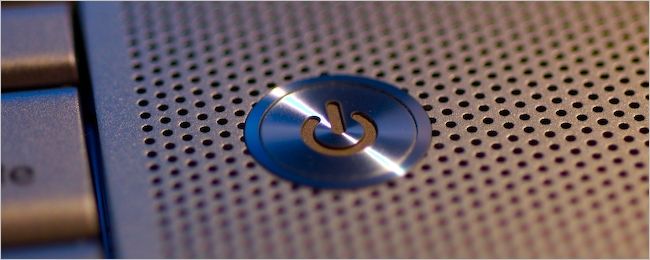We have all heard the advice about power cycling an electronic device in order to clear up problems, but is power cycling better than simply unplugging and plugging the device back in? Today's SuperUser Q&A post has the answers to a curious reader's question.
Today’s Question & Answer session comes to us courtesy of SuperUser—a subdivision of Stack Exchange, a community-driven grouping of Q&A web sites.
Photo courtesy of Ben Daines (Flickr).
The Question
SuperUser reader cqm wants to know if there is any quantifiable evidence to support power cycling electronic devices instead of simply unplugging them and plugging them back in:
Is there any quantifiable evidence to support power cycling routers for 10 seconds (or any arbitrary amount of time) instead of just unplugging and plugging them back in?
This is related to troubleshooting a misbehaving router. The theory is based on 'things' needing to be cleared from memory and that this could take a few seconds. This is also a theory related to electronics from over a decade ago, and I am sure it was equally as anecdotal then.
As a person allergic to anecdotes, I became curious when I realized that I had never investigated this issue. Is there any quantifiable reason to support power cycling routers for 10 seconds (or any arbitrary amount of time) instead of just unplugging and plugging them back in?
Is there any quantifiable evidence to support power cycling electronic devices versus simple unplugging/re-plugging?
The Answer
SuperUser contributors Enis P. Aginic and Wes Sayeed have the answer for us. First up, Enis P. Aginic:
Yes, there is. Any electronics device will have capacitors that will store energy even after you unplug it. You may have noticed that when you unplug a monitor or TV, the little diode will take another second or two to discharge remaining energy from the capacitors in the form of electricity and stop glowing.
This residual energy may not allow memory chips to wipe and you may have problems once your router starts again.
As for sources, well it is really common sense to someone with basic electronics knowledge, like the sky is blue and water is wet, so I recommend reading about capacitors to see what they do and you will understand it.
The point is that electronics components are far from perfect and any interference may produce unpredictable results.
Followed by the answer from Wes Sayeed:
Ten seconds is an arbitrarily long amount of time, but yes, it does take time for electronic devices to discharge themselves completely because of the capacitance of the circuits within. Some of this capacitance is intentional, some of it is not.
It is impossible to say exactly how much time is needed, as the bleed-off of that capacitance varies with environmental factors like temperature, humidity, and background EMI generated by nearby electronics. The RAM in your computer, for example, can take minutes to fully discharge.
But there is a shortcut. If the router has a button of any kind on it (WPS button or a reset button), this will usually discharge any residual electrical charge immediately. This is because the button places a load on the circuit(s) holding the charge and there is no power going into the device.
In fact, in the old days of parallel ports, this used to be a guaranteed way to correct a stubborn printer. Unplug the printer, unplug the computer, and unplug the parallel cable. Then hit the power button on both devices. Then plug everything back in. Worked every time. Parallel SCSI busses had this problem too sometimes.
Have something to add to the explanation? Sound off in the comments. Want to read more answers from other tech-savvy Stack Exchange users? Check out the full discussion thread here.

